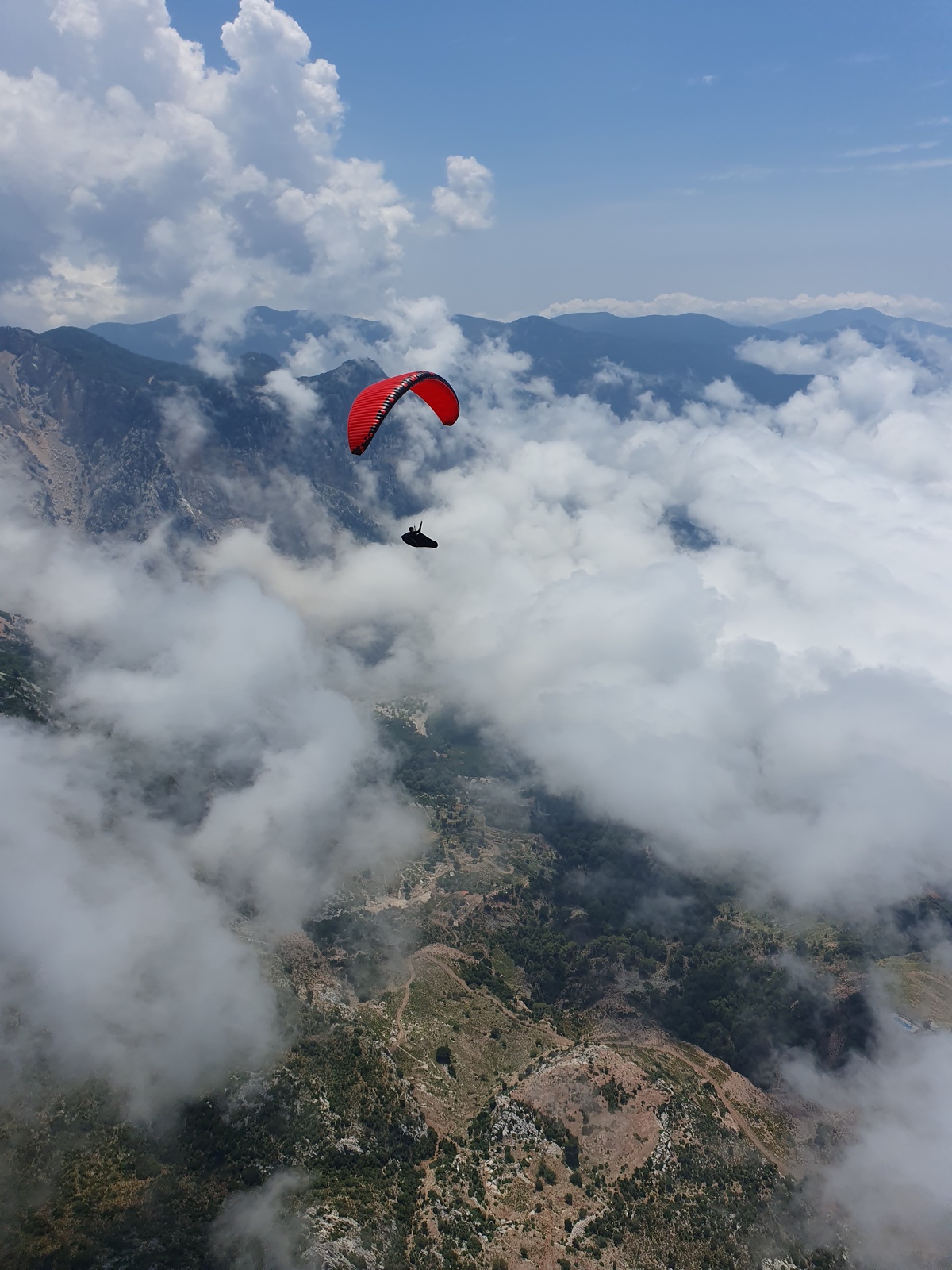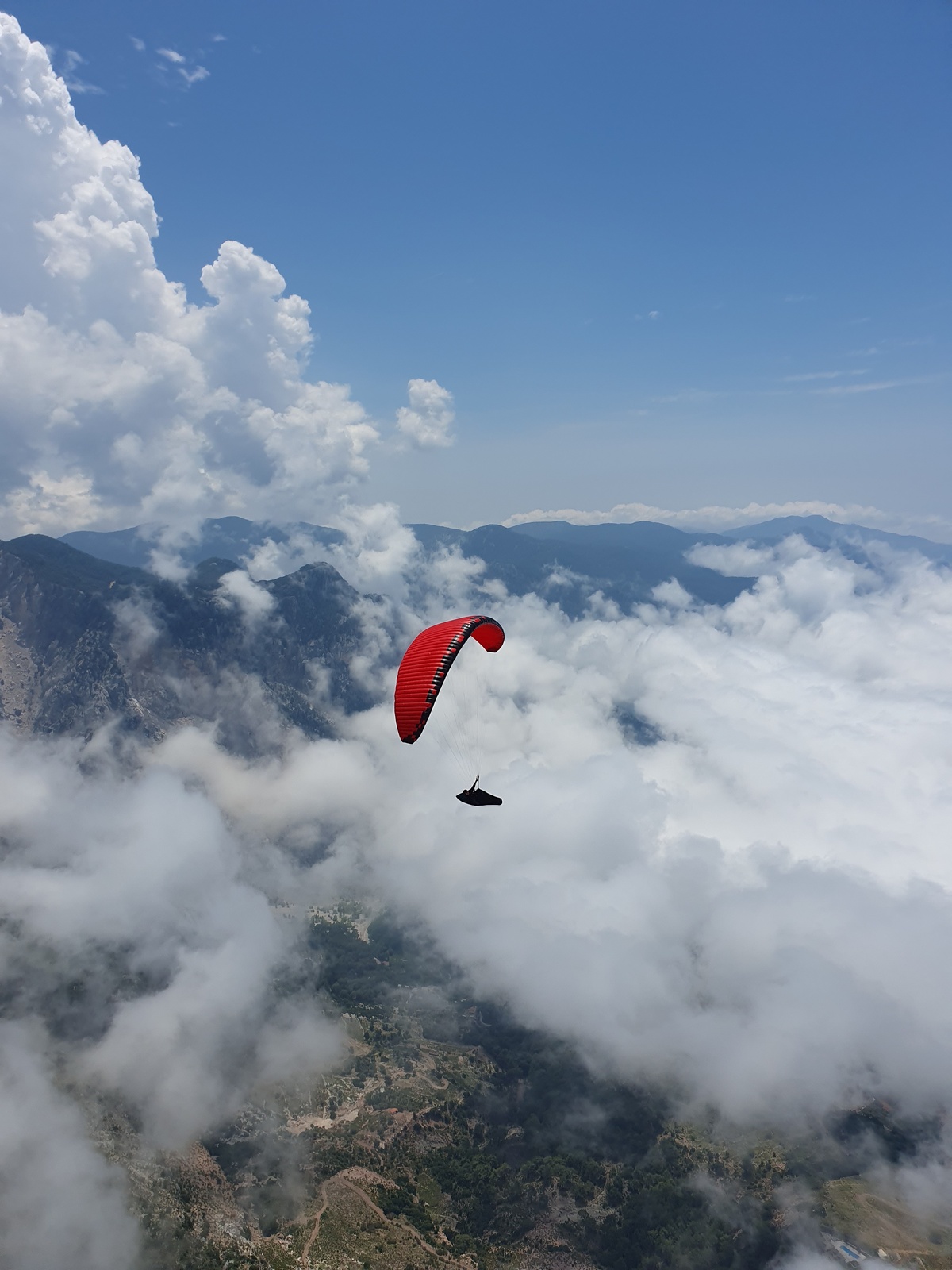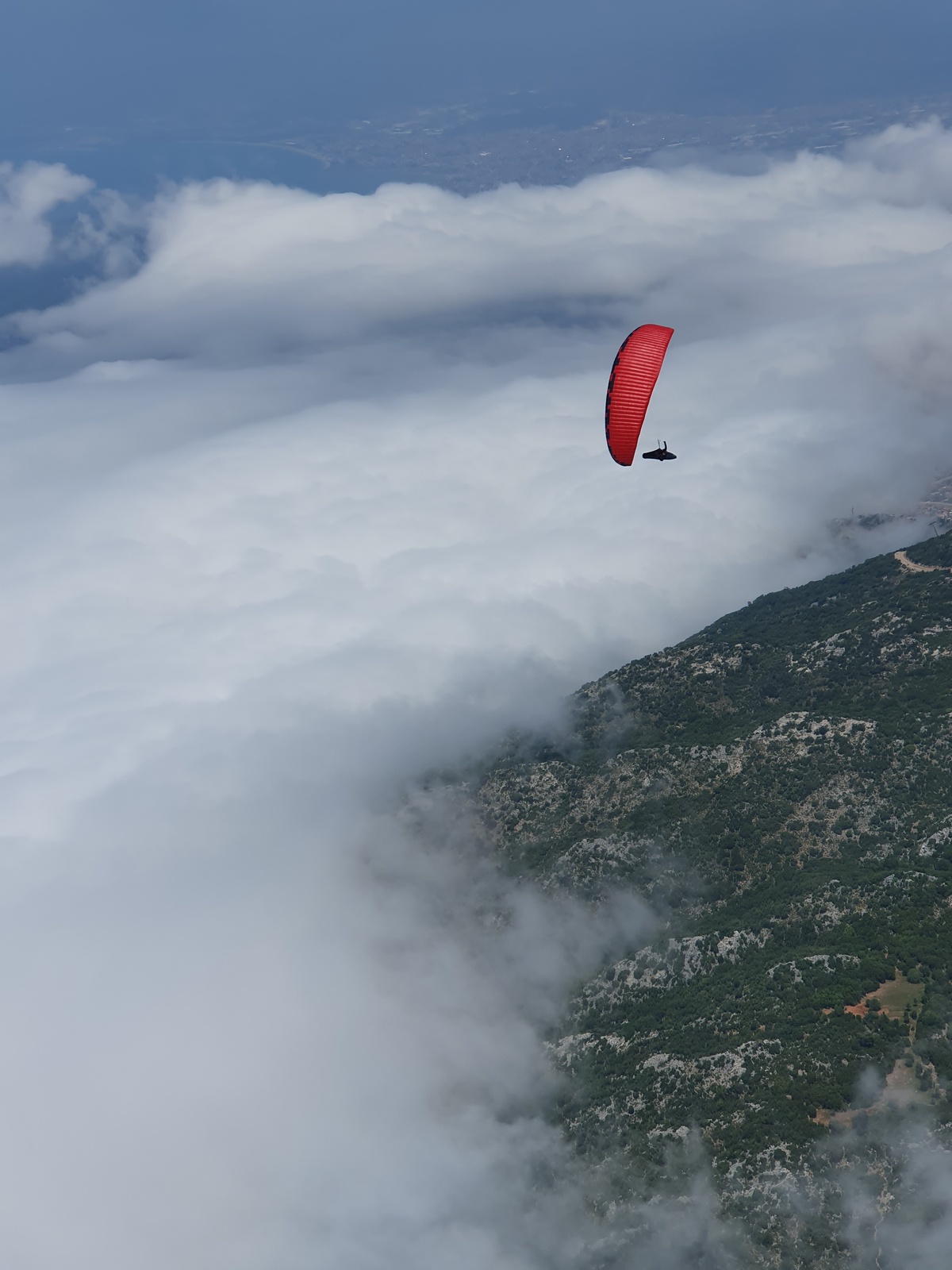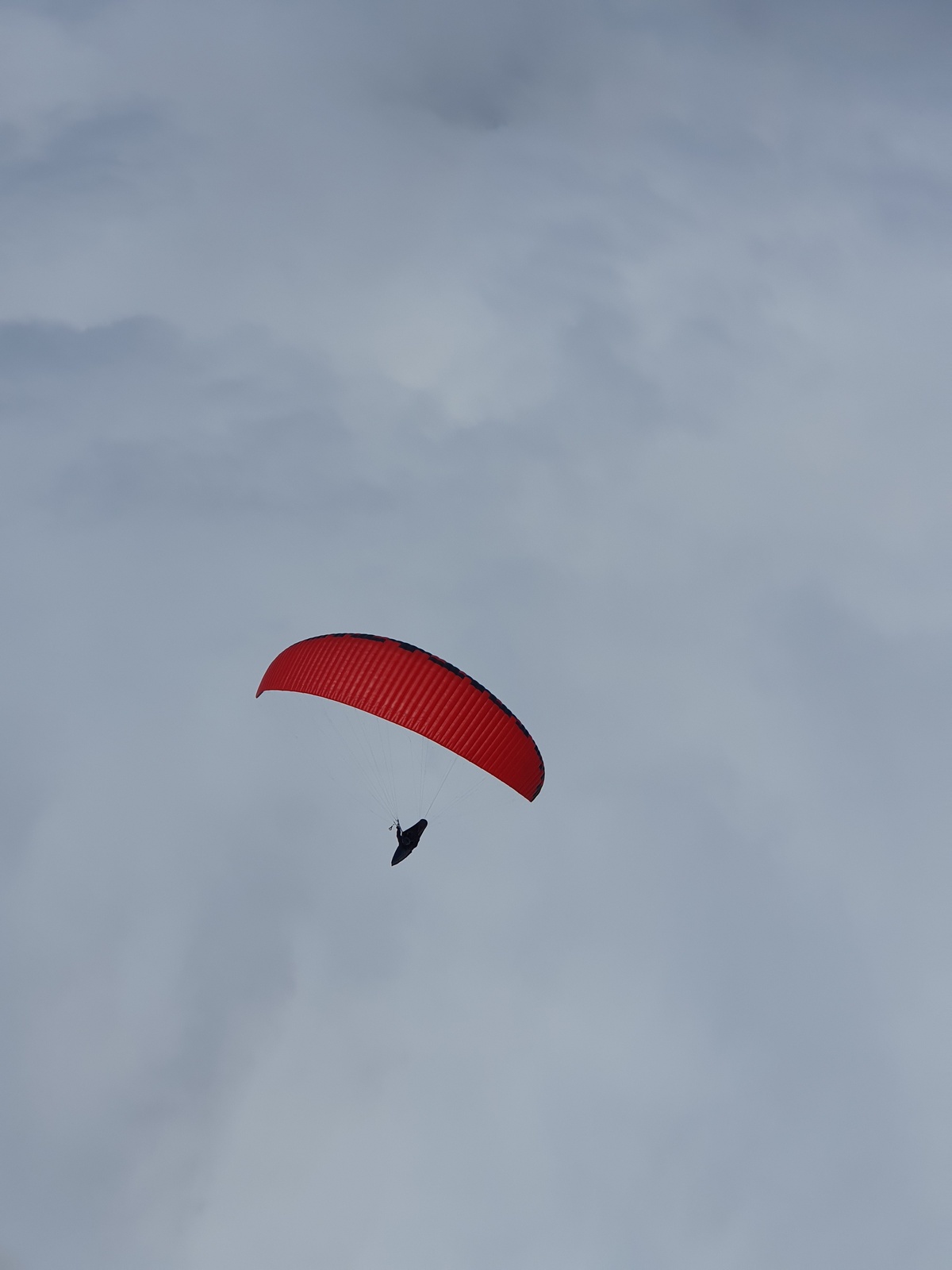You'd think, why bother? ParAAvis' first Joy (an after school intermediate) was very successful. The second one wasn't bad. The third one was again an outright success. What is the point of creating competition to themselves, throwing in the already overpopulated niche of after-school intermediates another "hot bash" ...? Actually, it makes a lot of sense. Because Fun bears little resemblance to Joy. The only thing it has in common is the joy of flying.
Construction
Risers
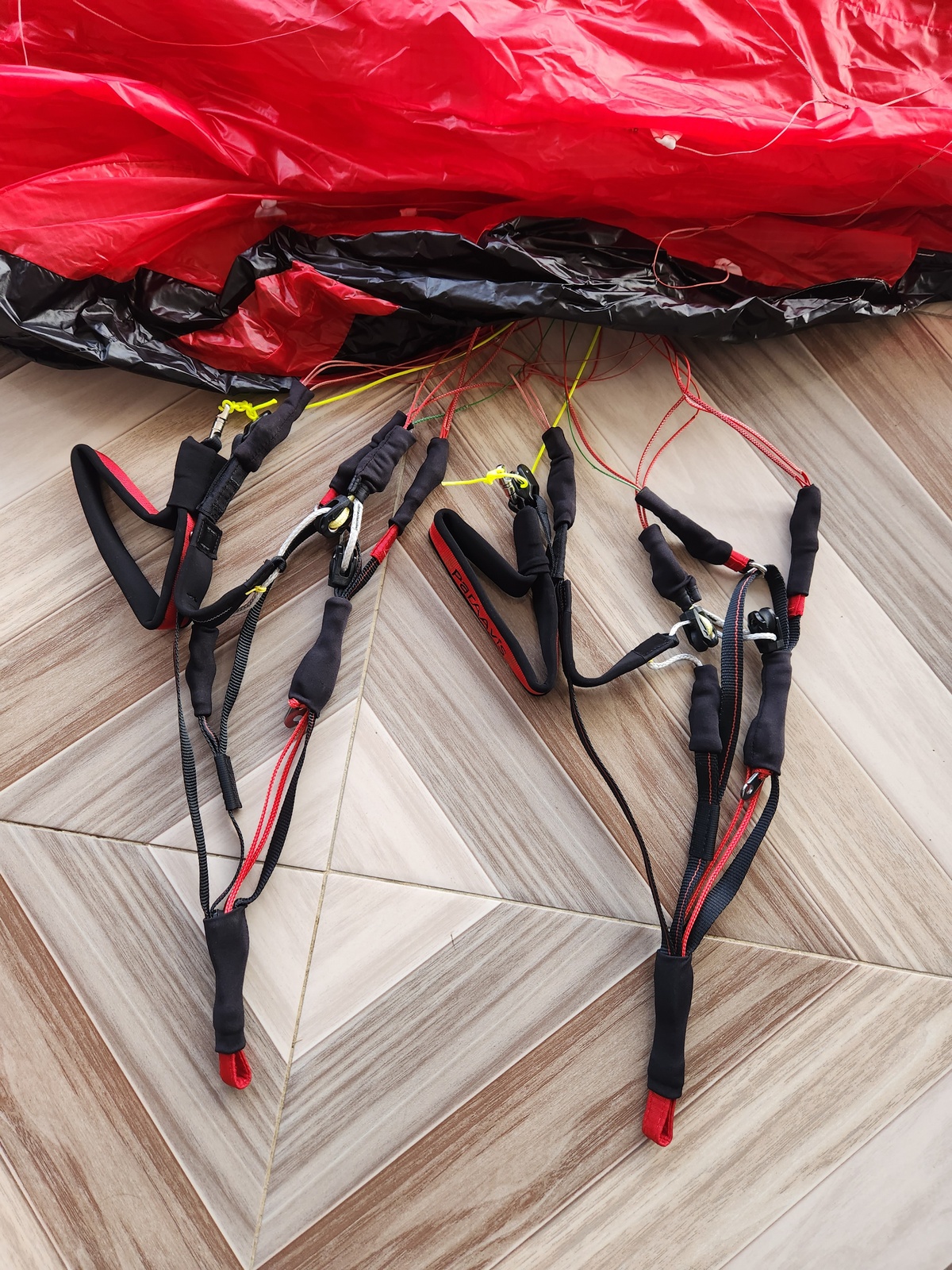
Lines
Canopy
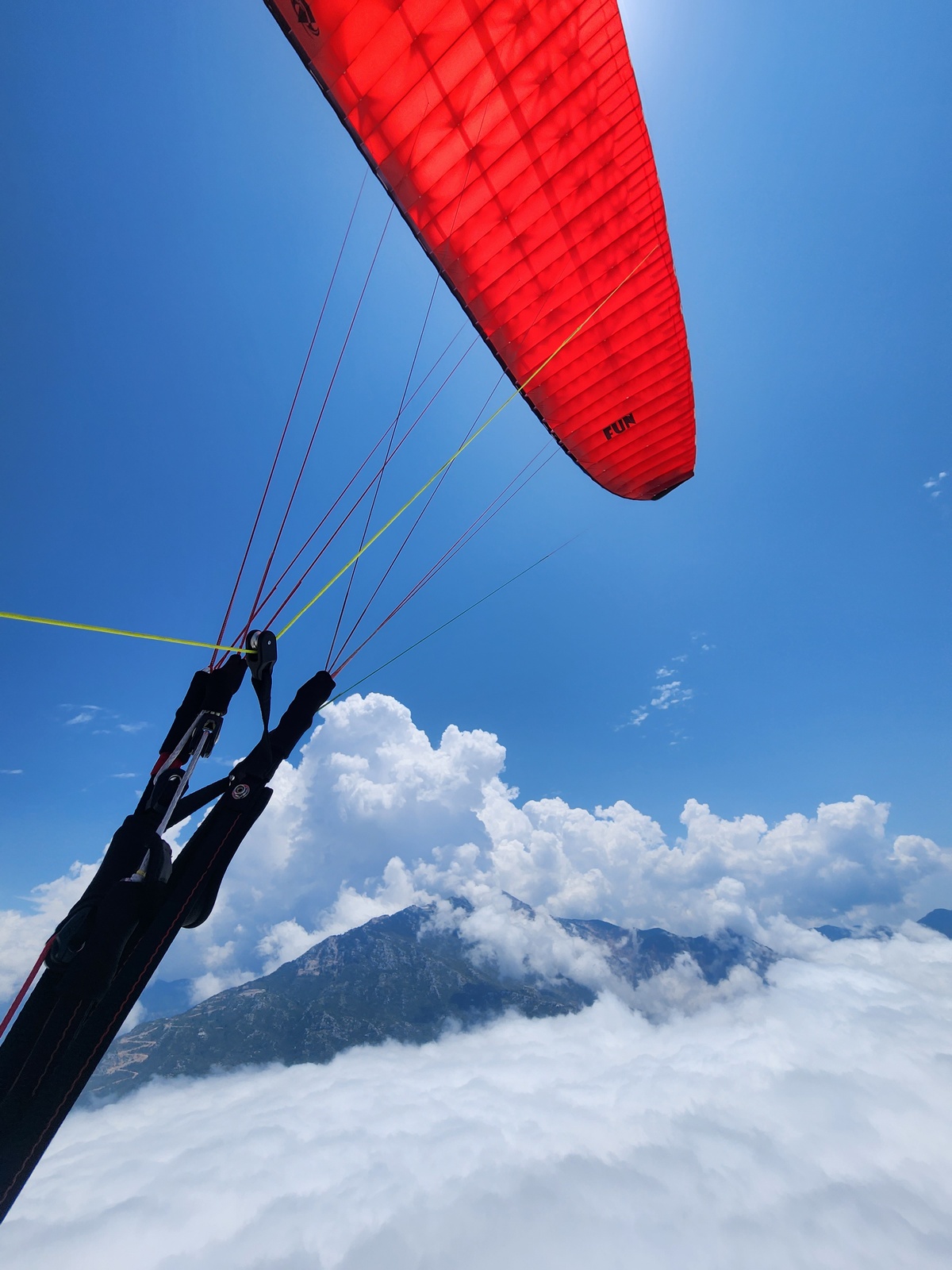
Build quality
Surface smoothness
Takeoff and groundhandling
Groundhandling
Takeoff
Flight
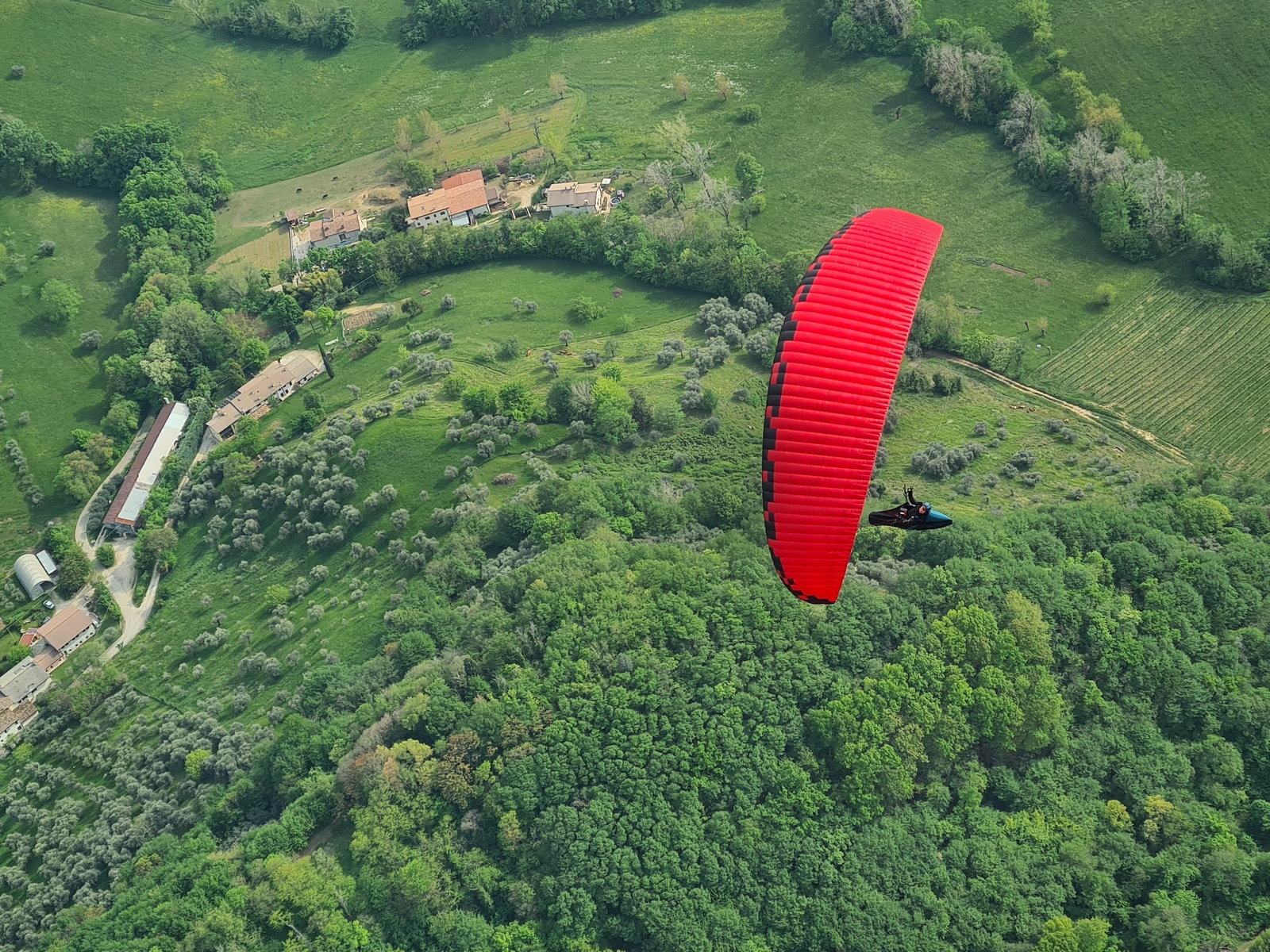
Glide
Accelerated flight
Speed gain
Speed system effort
Speed system travel
Soaring and sink rate
Sink rate in straight flight
Sink rate in spiral
Turn ability
Brakes efficiency
Weight shift efficiency
Rear risers control
Comfort and feedback
Comfort
Feedback
Dynamics and energy retention
Dynamics
Energy retention
Dangerous flight regimes
Asymmetric collapse
Frontal collapse
Spin out of thermal spiral
Quick descent techniques
Ears
Stability
Sink rate
Deep spiral
What is the dream of a typical graduate of a typical flight school? Of course, to fly high and far and not be too afraid. And not falling if possible. A slightly more advanced graduate who knows such words as bridges and nitinol will probably dream of them. I'm happy to tell you both: Fan has it all! In my opinion, Fan is another (and very strong) counterargument in the eternal disputes between fans of "foreign cars" and adherents of native, domestic crafted paragliders. In my opinion, if Fan is inferior to its foreign competitors in any way, it is the price. Its price is noticeably lower than the world market average, even despite the very expensive nitinol. And yes, technologically Fan is far and noticeably ahead of the famous Joes from the same ParAavis. And not only technologically. The Fan is noticeably better flying and handling. But — let's face it — it's a bit more demanding on the pilot.
Are there drawbacks? Well, there are. In heavy weather, the Fang can be a bit harsh — a natural payback for its excellent flying ability and impressive maneuverability. But there are no problems with passive safety (at least, if you don't do anything unnatural with the Fan, such as retained frontal collapses). In general, ParAavis has got a rather ambitious toy for not very experienced, but already ambitious enough pilots. Like all wings having great performance and maneuverability, the Fan has no specific area of application. It will be good both on the flat and in the mountains. However, if the mountains are quite serious — like Chegem at the peak of the flying season — one should be ready to catch some movements that Fan can make in such conditions. An adequately ambitious wing for adequately ambitious pilots!
Pros
- Excellent performance
- High maneuverability
- Modern design
Peculiarities
- Tendency to sudden sharp movements in bumpy weather
Thanks
My thanks to Andrew for providing the wing for the tests.
Copyright
- Photo: Leonid Savintsev
Technical data
| Flat area, sq. m. | 25,8 |
| Flat A.R. | 5,84 |
| Flat span, m | 12,3 |
| Projected area, sq. m. | 20,52 |
| Projected A.R. | 4,3 |
| Projected span, m | 9,41 |
| Cells, total | 64 |
| Cells, closed | 16 |
| Lines scheme | A2A'1B3C3 |
| Takeoff weight, kg | 90-105 |
| Glider weight, kg | 5,0 |
| Size | M |
Materials and components
| Upper surface, leading edge | Dominico | 202432 PS |
| Upper surface except leading edge | Dominico | 202432 PS |
| Bottom surface | Dominico | 202432 PS |
| Ribs, supported | Dominico | 30D FM |
| Ribs, unsupported | Dominico | 30D FM |
| Diagonal ribs | Dominico | 30D FM |
| Lines, upper cascades | Liros | PPSL 160 |
| Lines, middle cascades | Liros | PPSL 200 |
| Lines, main (lower) cascades | Edelrid | DFLS 200 |
| Risers, pulleys | Vector | B20 |



